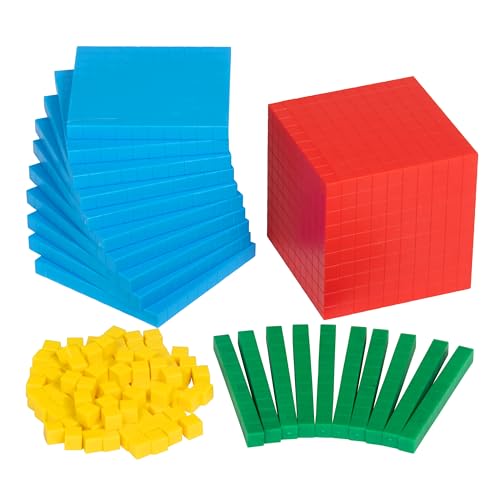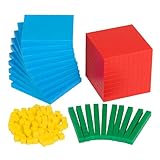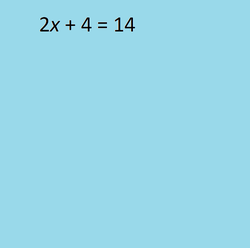Arithmetic operations can be applied to polynomials much like they are applied to numbers.
It is best to think of numbers in expanded form, then see how they match polynomials.
If we express the number 435 in expanded form it looks like
4(100) + 3(10) + 5, or 4(102) + 3(10) + 5
Compare the above with 4x2 + 3x + 5
Now add 4x2 + 3x + 5 to 2x2 + 6x + 2.
This is like adding 435 to 262.
435
+262
697
(4x2 + 3x + 5) + (2x2 + 6x + 2) = 6x2 + 9x + 7, obtained by adding like terms from each polynomial.
So, do not panic, you use the same techniques you learned for arithmetic.
Actually, polynomial addition is easier, since there is no need to carry.
The numbers are not restricted to non-negative integers, negative values and fractions are allowed.
Subtraction is also the same technique as the one you know.
628 – 312 = 316.
Subtract 3x2 + x + 2 from 6x2 + 2x + 8
(6x2 + 2x + 8) – (3x2 + x + 2) = 3x2 + x + 6
Notice we subtract like terms from like terms.
Now multiply.
321 X 12
321
12
642
321
3852
Why is the 321 indented from the right? Well, look at how it occurs. 1(10) X 1 = 1(10), so the 1 belongs in the 10 column. 1(10) X 2(10) = 2(102), so the 2 belongs in the 102 column. And 1(10) X 3(102) = 3(103), so the 3 belongs in the 103 column.
Notice that 3(10) will not multiply by anything to get a value in the units column.
Notice each digit from one number multiplied by each digit from the other number.
(3x2 + 2x + 1)( x + 2) = 3x3 + 6x2 + 2x2 + 4x + x + 2
= 3x3 + 8x2 + 5x + 2
Now divide (4x2 + 6x + 5) ÷ (2x + 1)
If you divide 465/21 you get 21 with a remainder of 2, or 22 + 3/21.
Divide (4x2 + 7x + 5) ÷ (2x + 2) = 2x + 2 + 3/(2x + 1)
2 x + 2
2x + 1)4x2 + 6x + 5
4x2 + 2x
4x + 5
4x + 2
3
So, what is done with polynomials is the same thing done with arithmetic. It does allow negative numbers, fractions, and larger numbers, but the technique is the same.
Unfortunately, many students become calculator dependent, so these are new techniques to them. But to those who learned these techniques at an early age, the operations with polynomials are the same as those with which they are familiar.











 UAPs, Formerly UFOs, If They Are Real How Can We Explain Their Arrival to Earth?7 days ago
UAPs, Formerly UFOs, If They Are Real How Can We Explain Their Arrival to Earth?7 days ago
 Polar Coordinate System9 days ago
Polar Coordinate System9 days ago
 Aurora Can Disrupt Electrical Devices And Even the Grid?10 days ago
Aurora Can Disrupt Electrical Devices And Even the Grid?10 days ago
 Overcoming Difficulties Encountered with Mathematics11 days ago
Overcoming Difficulties Encountered with Mathematics11 days ago



Comments
I fixed it. I had changed the number so we did not get a value past 10 when adding, and left the wording.
blackspanielgallery, Thank you for the practicalities and products.
I appreciate the explanations, since I always loved polynomials in school.
Under the multiplied number example, you ask us, "Why is the 963 indented?" I do not see that number anywhere.